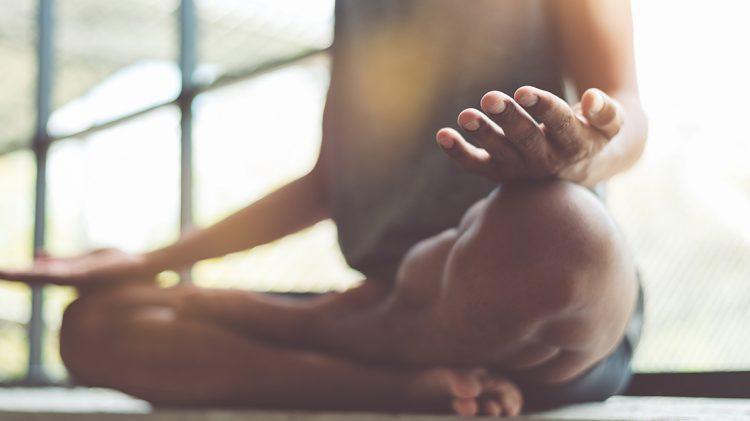
Meditation
Benefits, Methods & How to Get Into It
July 5, 2021Benefits, Methods & How to Get Into It
July 5, 2021Meditation. You’ve probably heard about it in the media a million times lately, and the topic can be intimidating if you have never done it. But meditation doesn’t have to be daunting and by diving into a practise of some sort you will quickly notice improvements to your quality of life. We have outlined some simple meditation methods and tips to get started. Take a deep breath, sit back, relax and enjoy!
What is it?
Meditation is a practice where you use a technique – such as mindfulness, or focusing on an object, thought, or activity – to train your attention and awareness. Through this, one can reach a mentally clear and emotionally stable state of being.
Meditation isn’t about becoming a different person or turning off your thoughts and feelings. It is simply about learning to observe these natural fluctuations with non-judgement and compassion. It is a practise and a skill – just like training a muscle, we must train the mind and just like how every workout is different, no meditation session will ever be the same. That is okay! We aren’t aiming for perfection.
Why should you try it?
When we meditate we are taking care of ourselves in a way that may seem subtle at first. But there are actually thousands of benefits arising from meditation, and scientific research is starting to confirm what ancient traditions have been practicing for centuries.
Mental Benefits
- Increased clarity, compassion and resilience
- Decreased anxiety, mind-wandering and negative mental loops
- Raised quality of life
- Lower risk of depression
Physical Benefits
- Stimulates the parasympathetic nervous system, resulting in reduction of stress hormones
- Leads to lower blood pressure, inflammation, heart rate and oxygen consumption
- Can decrease chronic pain in the body
- Results in higher energy levels, improved immunity and sleep quality
Emotional Benefits
- Rewiring occurs, reducing fear, anxiety and aggression
- Significant increases in compassion and positive valence emotions
Which type?
Meditation is an ancient tradition being embraced in the modern age, and as a result there are many different styles and methods out there. Whether you’re looking to reduce stress, find spiritual enlightenment or free your flow through movement, there is a style for you.
For ease, we have separated these into seven popular types, but the list is not exhaustive by any means. If one sparks your interest, do some research and give it a shot. Remember: there is absolutely no right or wrong way to meditate. It is most important to find a practise that will meet your individual needs and complements your personality and schedule.
- Mindfulness Meditation
One of the most popular styles taught in the West; in this method you pay attention to your thoughts as they pass, without judgement and without getting involved. You simply observe and watch what is coming up in the moment. It combines concentration with awareness, and often a session begins by focusing on an object or your breath.
- Loving-kindness Meditation
For increasing feelings of compassion and kindness; through this practice one opens themselves to receive and send love to their friends, acquaintances and eventually all living beings.
- Body Scan or Progressive Meditation
Often involves systematically tightening and relaxing one part of the body at a time, forming a wave of relaxation throughout the body and increasing bodily awareness.
- Spiritual Meditation
Similar to traditional religious praying; seeking deeper connection to your God or the Universe through silence or spoken prayer.
- Movement Meditation
An active form of meditation with movement guiding your process. Can look like walking, tai chi, qigong or other forms of gentle motion. Good for those who have trouble sitting still for long periods of time, and those who naturally find it easier to concentrate while moving.
- Mantra Meditation
Using a repetitive sound to clear the mind. Can be a word, sound or phrase, such as OM.
- Focused Meditation:
Involves concentration using any of the five senses, channeling all your awareness onto this. Examples include counting prayer beads, staring at a candle flame or listening to a gong.
How to get into it?
Many people seem to believe that they simply can’t meditate or are somehow ‘bad’ at it. This really isn’t the case. Absolutely anyone can meditate and there is no such thing as being ‘ bad’ or ‘good’ at it. It’s all about practise and consistency, just like any other form of training.
So start small – a few short sessions of 5 to 10 minutes per week is better than one long marathon session once a week. Try meditating around the same time of day to more easily form a habit. Truly, regularity is key. Meditation is a skill and takes time to master, so go easy on yourself when you first begin. Experiment with different styles until you have found one that best suits you.

